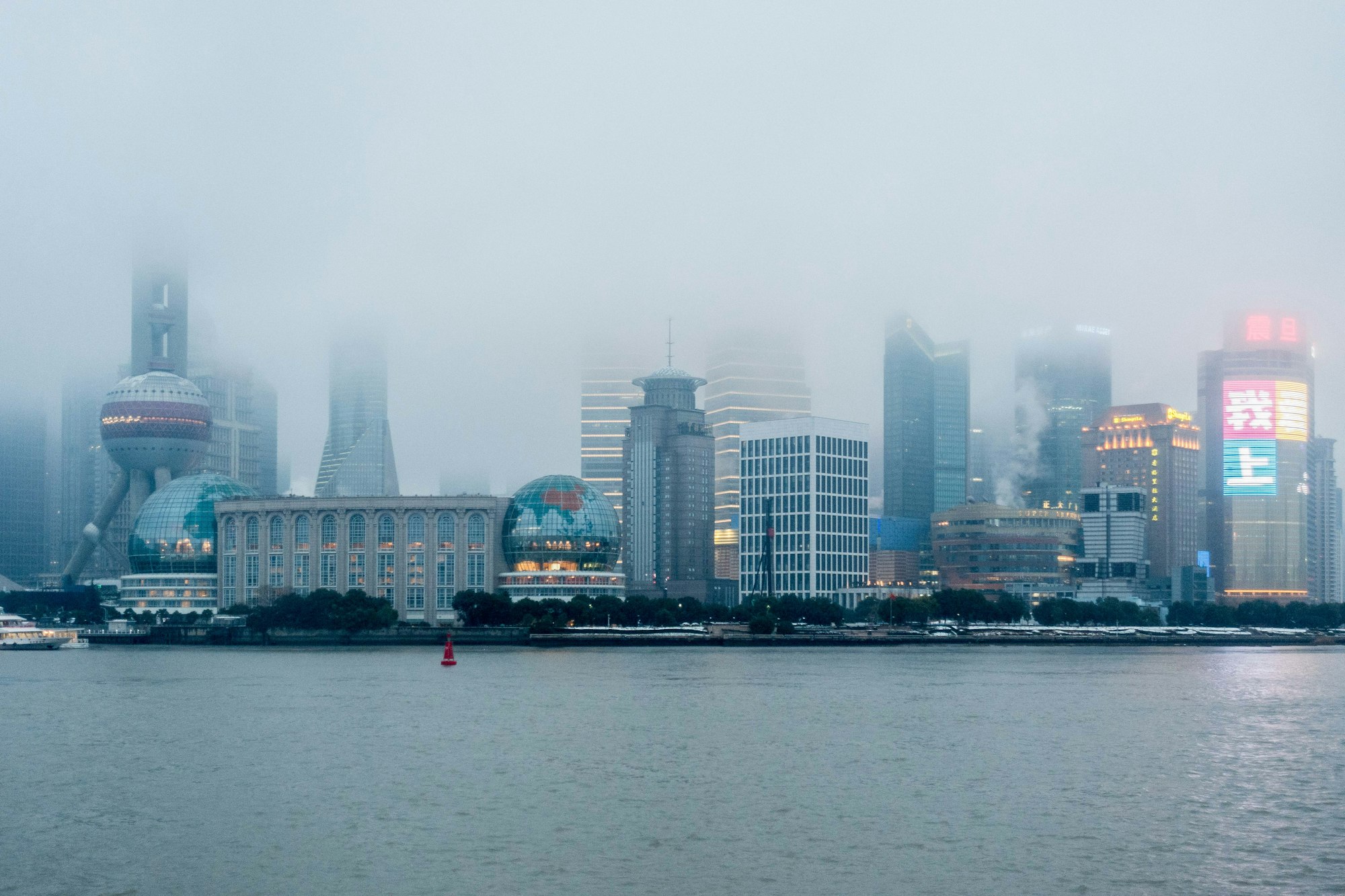China Is Expanding Globally
American companies, under significant pressure to minimize their reliance on China, are progressively shifting towards alternative manufacturing hubs such as Vietnam, Indonesia, and Mexico. Despite these efforts, avoiding Chinese influence proves challenging. Recent trade data, corporate disclosures, and academic research reveal that many products reaching the U.S. from these regions are either produced in factories owned by Chinese companies or are reliant on critical inputs from China. This phenomenon underscores the immense challenge faced by policymakers and corporations in their attempt to disengage from China's dominant manufacturing sector.
- A study by the Bank for International Settlements in October observed that U.S.-China supply chains have grown more complex since 2021, with trade increasingly routed through third countries.
- Yet, a significant portion of U.S. imports still originates from China, indicating limited success in diversification efforts. Frederic Neumann, HSBC's chief Asia economist, stresses the ongoing mutual interdependence between the U.S. and China.
Tariffs Have An Impact
Since 2018, the U.S. has imposed tariffs on numerous Chinese products, prompting companies like Apple and Tesla to either move their production out of China or encourage their suppliers to do so. This has led to a reduction in U.S. dependence on China for certain products and spurred investments in American manufacturing, creating new job opportunities. However, official U.S. trade data shows that China accounted for only 13.3% of U.S. goods imports in the first half of this year, the lowest since 2003 but still significant.
- The economic ties between the U.S. and China are diversifying in various ways. Direct U.S. investment in China has decreased, and some American companies are withdrawing from China. Conversely, China is increasing its focus on markets like Russia and the developing world.
- A more detailed examination reveals a complex scenario where certain aspects of the U.S. and Chinese economies are disentangling, while others remain intertwined.
- In some instances, U.S. policies meant to reduce dependence on China are inadvertently strengthening it. Chinese entrepreneurs are investing heavily in smaller countries, meaning that U.S. purchases from these nations sometimes indirectly support Chinese businesses.
Chinese companies like Zhejiang Haers Vacuum Containers and Jason Furniture (Hangzhou) are expanding their manufacturing bases to countries like Thailand and Vietnam to circumvent U.S. tariffs. This has led to a significant increase in Chinese direct investment in these regions.
Suppliers And Investors
Even when China doesn't own factories in these countries, it often plays a vital role as a supplier. The rise in U.S. imports from Mexico and Vietnam closely correlates with an increase in Chinese exports to these countries. This shift highlights China's evolving role in global supply chains, transitioning from primarily an end-stage assembler to a crucial component supplier.
- The U.S. has responded to some of China's strategies, like in the solar panel industry, by imposing new tariffs. However, China's expansion into smaller countries might be adding costs in other industries as well, due to the increased complexity in production processes.
- Economists Laura Alfaro and Davin Chor found that a decrease in U.S. imports from China is associated with rising import prices from Vietnam and Mexico. This suggests that higher costs from third countries are being passed on to U.S. firms and consumers.
U.S. policy aims to ensure controls in sensitive sectors, like computer chips, rather than completely avoiding business with China. Still, the continued reliance on China, even when final goods are assembled elsewhere, poses risks for U.S. companies, especially amid escalating tensions.
Disclaimer
Please note that Benchmark does not produce investment advice in any form. Our articles are not research reports and are not intended to serve as the basis for any investment decision. All investments involve risk and the past performance of a security or financial product does not guarantee future returns. Investors have to conduct their own research before conducting any transaction. There is always the risk of losing parts or all of your money when you invest in securities or other financial products.
Credits
Photo by Ralf Leineweber / Unsplash.






